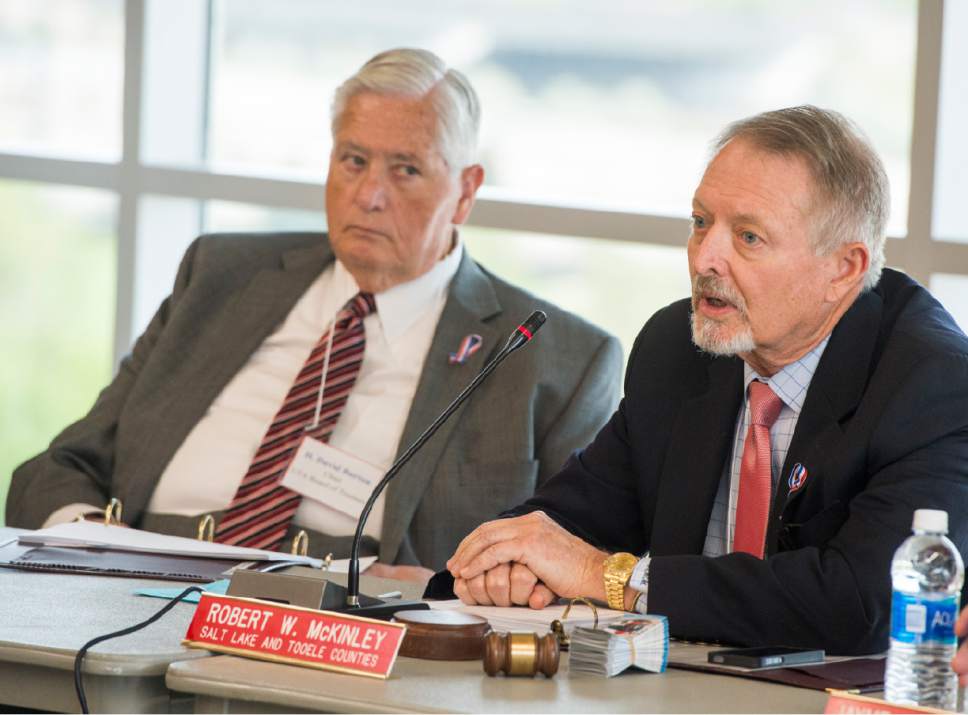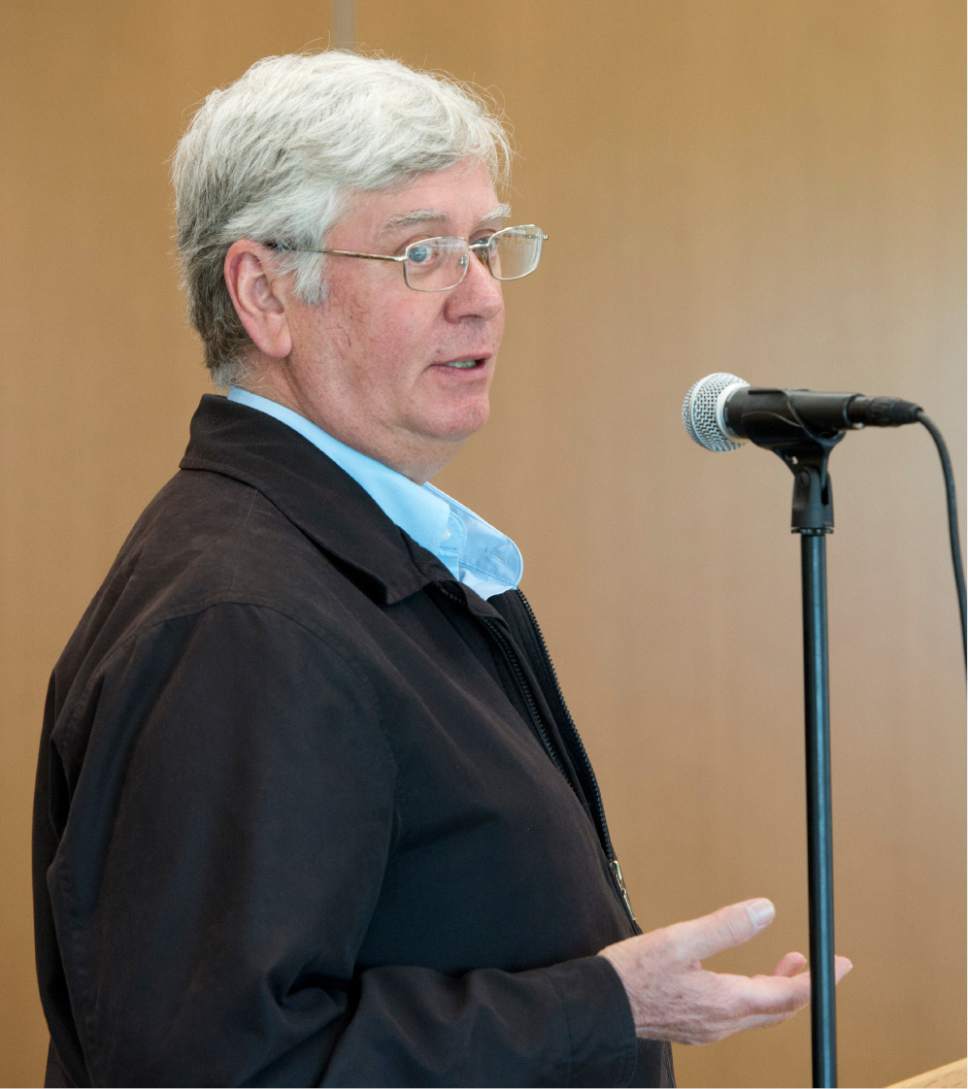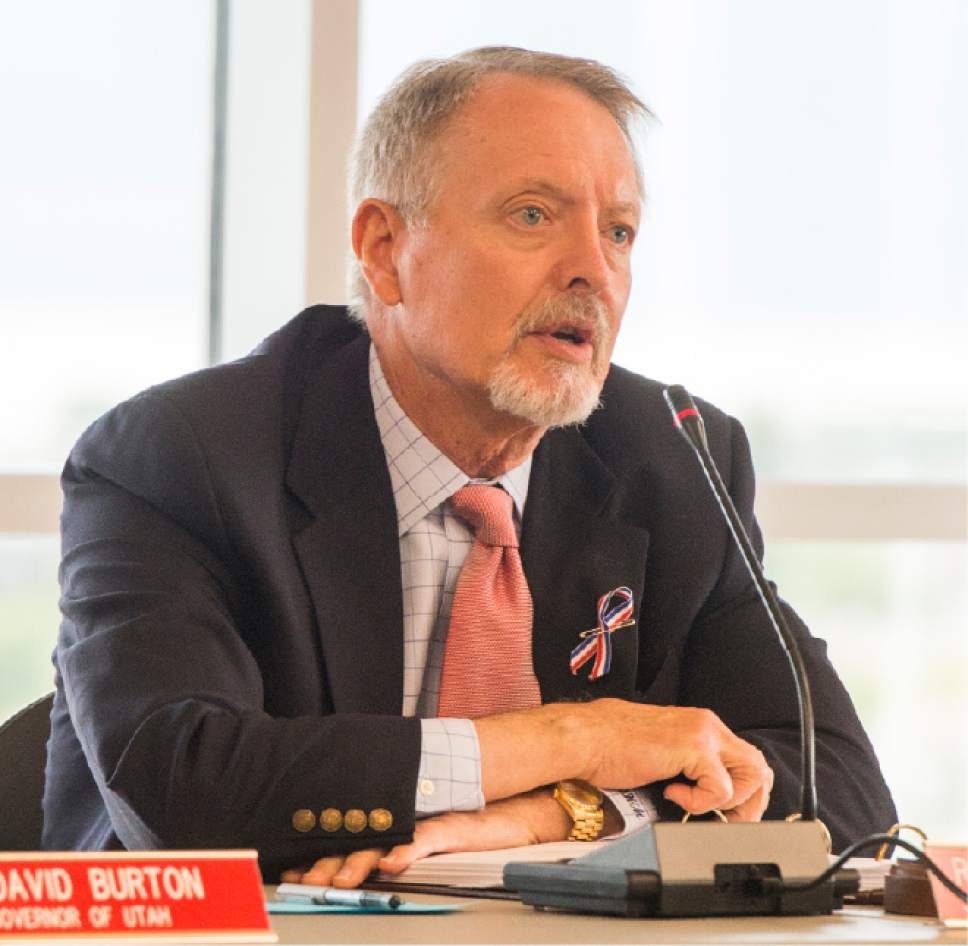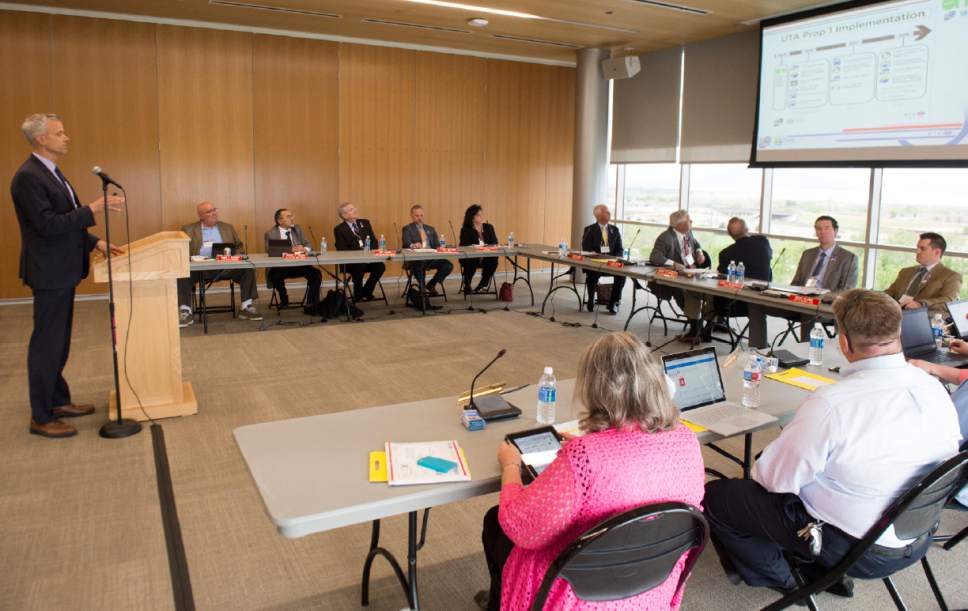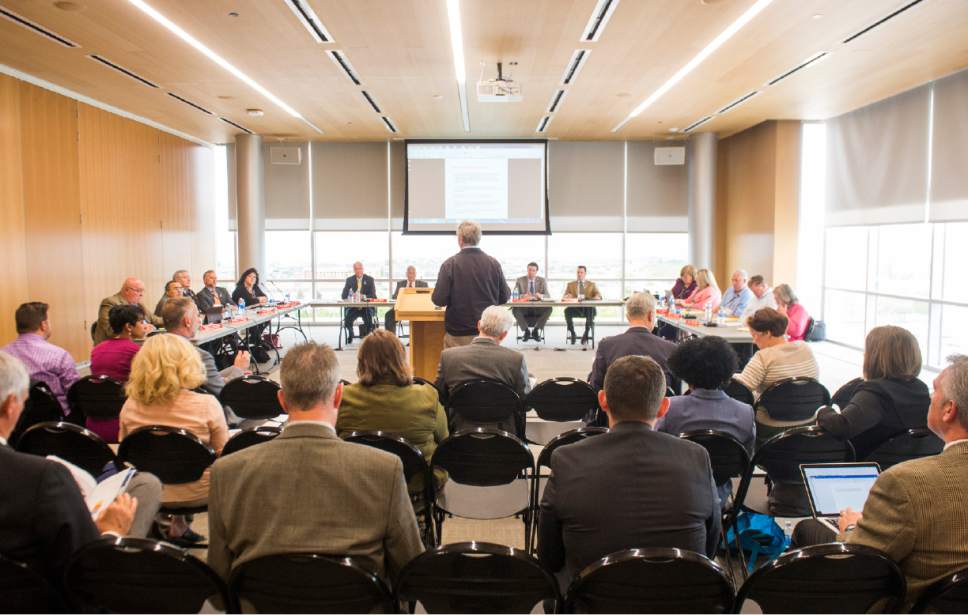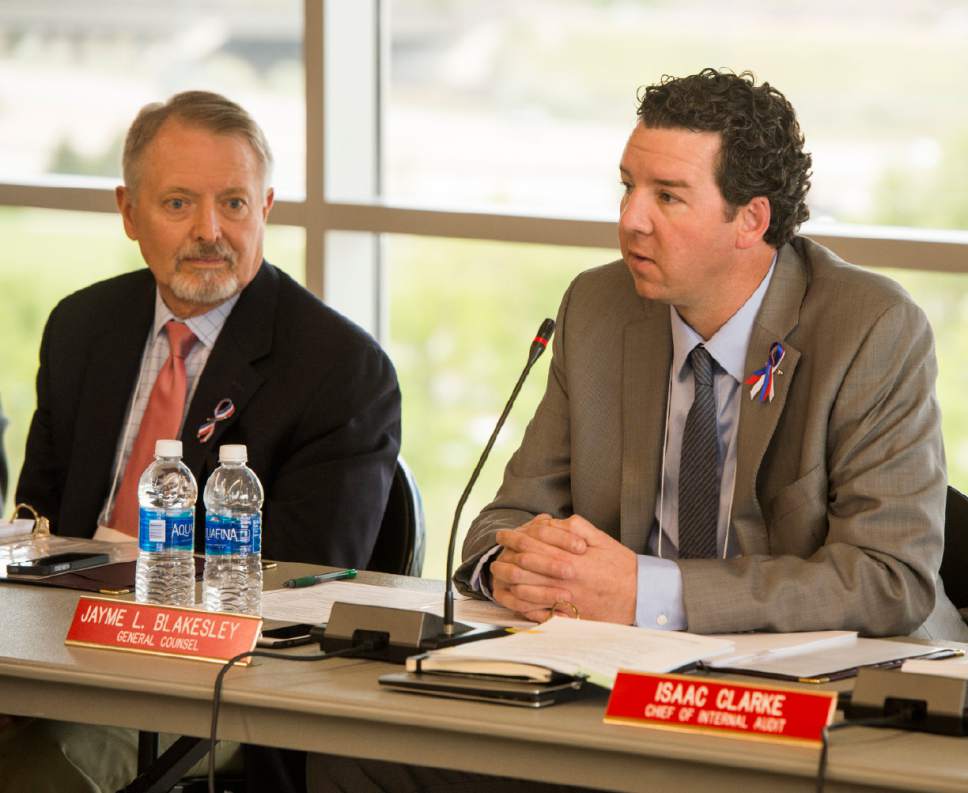This is an archived article that was published on sltrib.com in 2016, and information in the article may be outdated. It is provided only for personal research purposes and may not be reprinted.
A first attempt at greater transparency by the Utah Transit Authority Board on Wednesday had a hiccup when the board adopted a plan on how to serve minorities before it managed to hear some significant public criticism of the data behind it.
When the board finally did hear some of that late in its meeting, it did not reconsider the earlier approval nor hold any further discussion.
The full board meeting on Wednesday was the first to use some new procedures that UTA said are designed to increase transparency and community participation, and help restore public trust.
That includes posting the agenda and background documents a week in advance, and allowing the public to comment online. The agenda included estimated times for discussion of each agenda item for those who want to comment in person.
UTA Chief Financial Officer Bob Biles told the board that no one used the new option to comment online, and 300 people had viewed the agenda webpage.
The board then heard a presentation on how well UTA serves minority and low-income areas, and adopted a new plan for service to them. The vote came without any discussion by board members.
Meanwhile, groups that advocate for the poor and minorities emailed to the The Salt Lake Tribune copies of letters they had sent to the agency questioning the data behind that plan. Their criticism was not mentioned before the vote.
Bill Tibbitts, associate director of Crossroads Urban Center, said he tried to send UTA his letter via a link by Twitter. He said UTA replied that it didn't accept letters by that method. He appeared at the meeting to distribute the letter and his concerns in person, and arrived before the projected time of discussion.
But he found that the board moved more quickly than anticipated, and had already adopted that plan for minorities.
Michael Clara, a Salt Lake City School District board member who last year was fired by UTA, also sent a long letter (copied to The Tribune) questioning the data.
UTA spokesman Remi Barron said neither letter was included in a report to the board because they were not posted online by the 9 a.m. deadline on Monday for submission, which is outlined in rules on UTA's comment webpage.
Tibbitts eventually addressed the board personally and handed his letter to members long after it adopted the new minority service plan.
Agency data assert that UTA gives exceptional service to minority areas, but that is only because it includes as a "minority area" any neighborhood where at least 21 percent of residents are minorities or low-income. That includes downtown Salt Lake City.
He said that distorts the amount of service give to areas with truly large minority populations, such as Glendale or Poplar Grove that are more than 70 percent minority.
"The downtown business district has the best transit service in Utah," Tibbitts wrote. "Mixing statistics from the downtown business district into statistics for communities like Glendale and Poplar Grove makes it impossible to tell how service in those neighborhoods compares to that found in other neighborhoods."
UTA says its data show that minority areas have more frequent service and better on-time service than other areas. It also said minority areas are served by newer buses, and have nicer bus shelters.
Clara raised concerns similar to Tibbitts in his letter.
He wrote that he lives in a west-side Salt Lake City neighborhood that Census data show is 70 percent minority, but UTA maps mistakenly do not consider it as a minority area. "I would suggest that UTA recalculate their service area and comport themselves [by] the standards set forth by FTA," the Federal Transit Administration.
That data on minority area service and the proposed new plan for it were both discussed earlier this month in a committee meeting of the board. However, that meeting was closed to the public.
UTA had decided that because such committees would no longer make final decisions, they were not public. But after growing public protest, UTA reversed course on Tuesday and announced such meetings would now be public.
That move came after the Salt Lake County Council threatened to withhold sales tax collected for UTA unless the meetings were opened. The Utah County Commission also passed a resolution calling for opening the meetings, and the closure decision was criticized by Gov. Gary Herbert, his GOP opponent, Jonathan Johnson, and State Auditor John Dougall.
The full board on Wednesday adopted a measure also discussed earlier in a closed committee to triple fees the agency charges for UTA Police reports from $5 to $15.
"Fifteen dollars is ridiculous," said George Chapman, board member of the watchdog Utah Transit Riders Union. "You should be generating these for free and giving them to the press and public."
UTA Board Necia Christensen responded, "It costs us thousands and thousands and thousands of dollars each year to provide responses" to open-records laws requests, including for police reports, to review and redact private information. "We are not doing our job if we do it for free and then have to cut services."
The board also heard a report on how it is spending money from higher taxes approved through Proposition 1 in Weber, Davis and Tooele counties.
Officials said they will increase bus service in Weber and Davis counties by 15 percent — including increasing the frequency of many routes, extending night and weekend service and buying many new buses.
"I think what it really shows is that with this increased funding, we can do an awful lot more," said Board Vice Chairman Robert McKinley.
Salt Lake, Utah and Box Elder counties defeated Prop 1, so UTA is not receiving extra funding in those areas.


